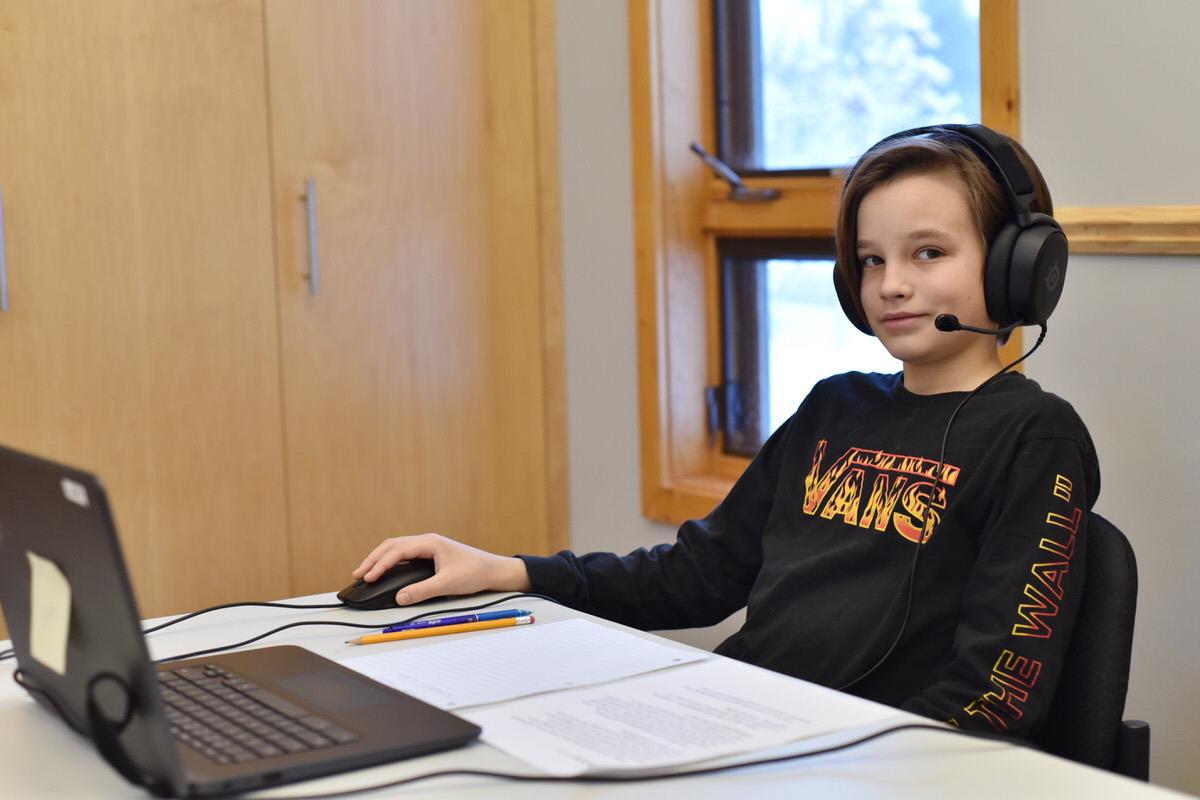Read below for some tips for parents, assembled by our Mental Health Consultant, Trisha Short, MA, LPC, IMH-E (II), on how we can protect our children from the hidden risks of overuse and ensure they develop a balanced, safe relationship with technology.
Tips for Parents
1. Set Age-Appropriate Limits (AAP & WHO Recommendations)
- Under 2 years: Avoid screen time, except for video chatting.
- Ages 2–5: Limit to 1 hour per day of high-quality content, co-viewed with a caregiver.
- Ages 6 and up: Set consistent limits that ensure screen time does not interfere with sleep, physical activity, or face-to-face interactions. Source: American Academy of Pediatrics (AAP), World Health Organization (WHO)
2. Create a Family Media Plan
- Develop a customized plan with your child that outlines when, where, and how screens can be used (e.g., no phones at dinner or during homework).
- Involve kids in the process to foster cooperation and responsibility. Source: AAP’s Family Media Plan Tool (HealthyChildren.org)
3. Prioritize Face-to-Face Interaction
- Human interaction, especially with caregivers, is critical for language development, emotional regulation, and social learning.
- Make screen-free time a priority for play, meals, and bedtime routines. Source: Harvard University’s Center on the Developing Child
4. Model Healthy Screen Use
- Children are more likely to follow screen rules when parents also practice mindful phone use.
- Be conscious of “technoference”—when parent phone use interferes with bonding or responsiveness. Source: Journal of Child Development (2017): Parental distraction impacts child behavior and emotional development.
5. Establish Device-Free Zones
- Make bedrooms, dining areas, and family spaces screen-free zones to encourage better sleep and deeper connection.
- Using a charging station outside the bedroom reduces nighttime temptation for both kids and parents. Source: Sleep Foundation & AAP studies on tech and sleep
6. Co-View and Talk About Content
- Watch or use apps with your child whenever possible. Ask questions and encourage discussion.
- Co-viewing turns passive screen time into active learning and helps you gauge what your child is consuming. Source: Common Sense Media research
7. Use Tech to Manage Tech
- Use built-in parental controls and screen time trackers (like Apple's Screen Time or Google Family Link) to monitor and limit usage.
- Set app limits and downtime schedules to help enforce boundaries. Source: Pew Research Center & Child Mind Institute
8. Encourage Screen-Free Alternatives
- Promote physical play, reading, hobbies, and creative activities to naturally reduce screen dependence.
- Boredom can be a good thing—it fosters creativity and resilience. Source: Journal of the American Medical Association (JAMA Pediatrics)
9. Discuss Digital Citizenship & Online Safety
- Talk regularly about privacy, respectful behavior online, and the permanence of digital footprints.
- Teaching digital literacy is just as important as limiting time. Source: Common Sense Education & Psychology Today
10. Be Flexible, Not Fearful
- Not all screen time is harmful—quality, context, and balance matter most.
- Strive for “tech-intentional” rather than “tech-fearful.” Use screens to support your child’s growth, not substitute for it. Source: Digital Wellness Lab at Boston Children’s Hospital
